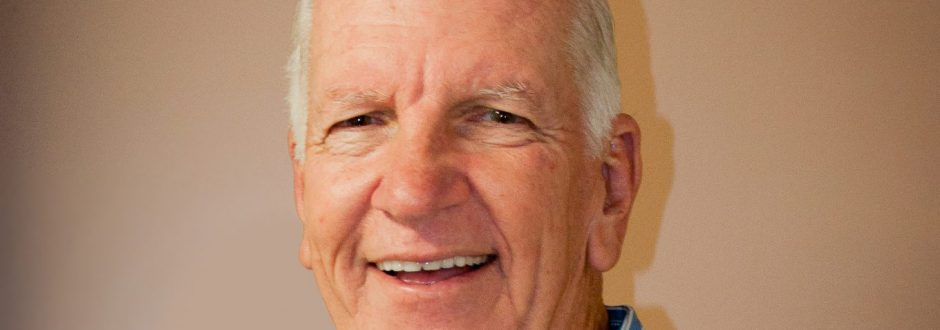We should not leave the affairs of the Church to the clergy, nor the affairs of the world to the laity. We need to work together for the common good, and not perpetuate a disquieting dualism that Vatican II never intended, writes Garry Everett.
BY Garry Everett
There will be much re-visiting of Vatican II as we celebrate the fiftieth anniversary of its opening later this year. Hopefully the laity will delve back into two most important documents: Gaudium et Spes (The Church in the Modern World) and Apostolicam Actuositatem (The Apostolate of the Laity). From our contemporary perspective, have things turned out the way the Council Fathers intended?
I have become interested in what appears to be an unintended development of the Fathers’ teachings on the laity. In an effort to correct the former teaching of Pope Pius X (1906), viz “The one duty of the multitude [laity], is to allow themselves to be led, and like a docile flock, to follow the pastors”, Vatican II developed a different perspective.
Firstly, it placed the laity in a view of the world which was expressed as: “the joys and hopes, the grief and anguish of the people of our time… are the joys and hopes, the grief and the anguish of the followers of Christ as well”. Thus the laity’s role was to be clearly in the world.
Later in the same document, the Council was to teach: “It is the special vocation of the laity to seek the Kingdom of God in temporal affairs”. Furthermore, the Council added: “let the laity realise that their pastors [and bishops] will not always be as expert as to have a ready answer to every problem that arises, even every grave problem”. These teachings represent a radical shift from the former theology (if it could be called that) of the laity.
What could possibly be an unintended development of these clear teachings? I detect, that despite some statements to the contrary, these teachings have also conveyed a view that the laity have no significant roles INSIDE the Church. Affairs of the Church thus remain the domain of the ordained.
The disquieting dualism appears again, and like all paradigms, its primary purpose is self-preservation. Let the laity save the world; the clergy will save the Church. This, even though the Church only exists because of the world; its mission is to the world; and “for this reason I came into the world” (John 18). The verification of this dualistic paradigm’s existence can be found in the Church’s decision-making on every significant issue affecting the life of the Church. Only the ordained can make the final decisions. The laity may well be consulted, but in the end it is a clerical, episcopal or papal decision. Women may feel doubly disadvantaged because the paradigm is necessarily dualisitic along male/female lines as well.
As we discern again the import of the teachings from Vatican II, let us attend also to these words from Gaudium et Spes (43):
Now if one or other of the proposed solutions is readily perceived by many to be closely connected with the message of the Gospel, they ought to remember that in those cases no one is permitted to identify the authority of the Church exclusively with his or her own opinion. Let them then try to guide each other by sincere dialogue, in a spirit of mutual charity, and with a genuine concern for the common good above all.
Dialogue, love and the common good – now there’s a paradigm that could transform the Church and the world! Remember though, the Council Fathers were talking only about the laity – how dualistically disquieting!
Perhaps in an effort to redress this dualism, Pope Benedict XVI in 2009, inaugurated an ecclesial conference entitled “Church Membership and Pastoral Co-responsibility”. He spoke of the need for the laity to become more aware of their role in the Church. He said it would require a change of mentality “to regard lay people as shifting from considering themselves to be collaborators of the clergy, to recognising themselves truly as co-responsible for the being and action of the Church”. The Pope went on to stress the underlying unity of the Church, using both “The People of God” image as well as that of “The Body of Christ”. The Pope further emphasised that “There is still a tendency to identify the Church with the hierarchy, forgetting the common responsibility, the common mission”.
Since these words were uttered, little appears to have been done to develop a mature understanding of the meaning of “co-responsible”. In what sense can, for example, a parish priest and his parish council feel “co-responsible” for decisions? In many instances the council is seen as advisory, and it is the priest who is ultimately responsible, and held responsible, for the taking of decisions that affect the life of the parish – whether he wants that or not.
Co-responsibility has its roots in the theology of co-creation. It can also be found in the theology which underpins Vatican II’s principles of collegiality and subsidiarity. However, the notion of co-responsibility remains largely undeveloped, unrealised in its potential to transform both the Church and the world.
We should not leave the affairs of the Church to the clergy, nor the affairs of the world to the laity. We need to work together for the common good, and not perpetuate a disquieting dualism that the Council never intended.
The clarion call has been sounded! Is anyone listening?
This article is the seventh in a series commemorating the fiftieth anniversary of the opening of the Second Vatican Council.
